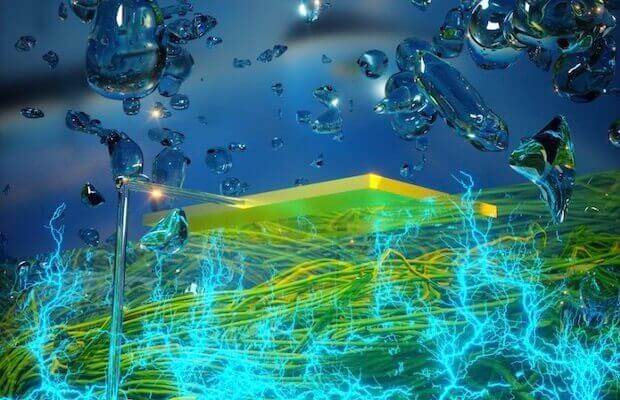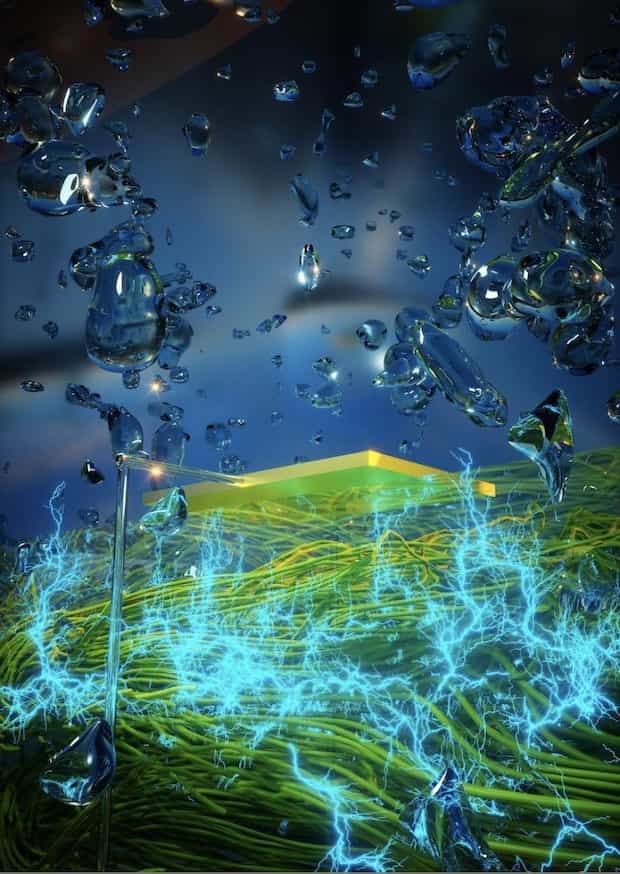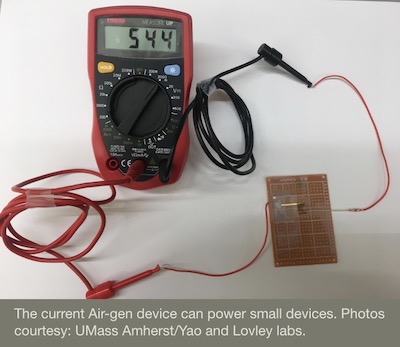Renewable Device That Can Generate Electricity out of Thin Air
Scientists at UMass Amherst have developed a device that uses a natural protein to create electricity from moisture in the air

Scientists at the University of Massachusetts Amherst have developed a device that uses a natural protein to create electricity from moisture in the air, a new technology they say could have significant implications for the future of renewable energy, climate change and in the future of medicine.

As reported in the journal Nature, the laboratories of electrical engineer Jun Yao and microbiologist Derek Lovley at UMass Amherst have created a device they call an “Air-gen.” or air-powered generator, with electrically conductive protein nanowires produced by the microbe Geobacter. The Air-gen connects electrodes to the protein nanowires in such a way that electrical current is generated from the water vapour naturally present in the atmosphere.
“We are literally making electricity out of thin air,” says Yao. “The Air-gen generates clean energy 24/7.” Lovely, who has advanced sustainable biology-based electronic materials over three decades, adds, “It’s the most amazing and exciting application of protein nanowires yet.”
The new technology developed in Yao’s lab is non-polluting, renewable and low-cost. It can generate power even in areas with extremely low humidity such as the Sahara Desert. It has significant advantages over other forms of renewable energy including solar and wind, Lovley says, because unlike these other renewable energy sources, the device does not require sunlight or wind, and “it even works indoors.”
The device requires only a thin film of protein nanowires less than 10 microns thick, the researchers explain. The bottom of the film rests on an electrode, while a smaller electrode that covers only part of the nanowire film sits on top. The film adsorbs water vapour from the atmosphere. A combination of the electrical conductivity and surface chemistry of the protein nanowires, coupled with the fine pores between the nanowires within the film, establishes the conditions that generate an electrical current between the two electrodes.

The researchers said that the current generation of the devices are able to power small electronics, and they expect to bring the invention to commercial-scale soon. The next steps they plan include developing a small “patch” that can power electronic wearables such as health and fitness monitors and smartwatches, which would eliminate the requirement for traditional batteries. They also hope to develop the product to apply to cell phones to eliminate periodic charging.
Yao said, “the ultimate goal is to make large-scale systems. For example, the technology might be incorporated into wall paint that could help power your home. Or, we may develop stand-alone air-powered generators that supply electricity off the grid. Once we get to an industrial scale for wire production, I fully expect that we can make large systems that will make a major contribution to sustainable energy production.”




